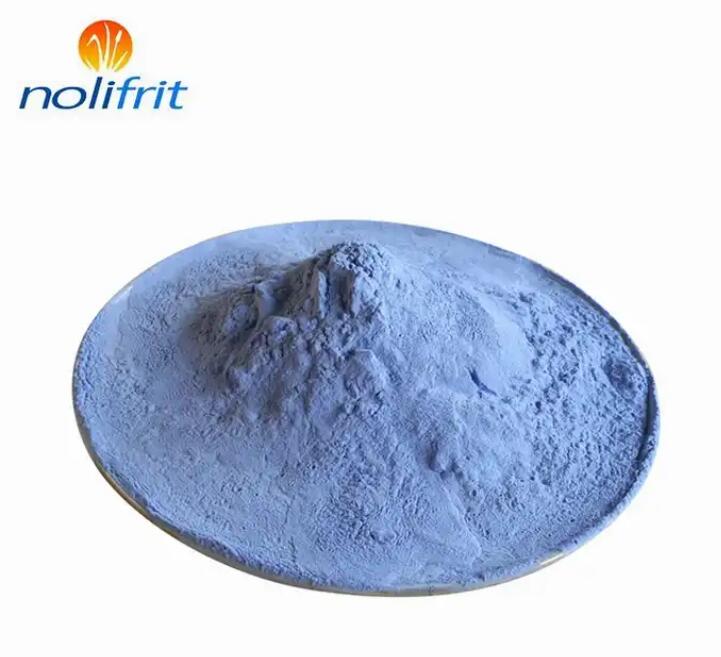Influence of Ambient Humidity On
Electrostatic Powder Enamel Spraying
As a new enamel coating process, electrostatic powder enamel spraying has many advantages. However, unlike traditional wet enamel coating, electrostatic powder enamel coating has high environmental requirements, especially environmental humidity. If it is not well controlled, it will not only affect production efficiency, but also affect product quality. This article focuses on the impact of environmental humidity on electrostatic dry powder enamel spraying.

1. Impact on powder fluidization and powder injection links
Excessive humidity in the surrounding environment for spraying, high moisture content in the compressed air used for fluidization, and too low temperature of the compressed air used for fluidization will cause the enamel powder to absorb moisture. After absorbing moisture, the powder will stick to each other and agglomerate, making it difficult to achieve the ideal fluidization state. Problems that are easily caused during the injection process are:
(1) The powder output from the spray gun is uneven, sometimes large and sometimes small, resulting in uneven thickness of the enamel powder coating, and even partial exposure of the bottom, causing defects.
(2) During the spraying process, powder groups that stick together tend to appear. After the powder groups are fired, they form raised defects and the enamel surface is uneven.
2. Impact on the powder charging process
The moisture of the powder during the fluidization process will cause the enamel powder to stick to each other and reduce the surface resistivity of the powder. The high humidity of the air in the spraying environment will aggravate the moisture of the powder. In high-humidity ambient air, the insulation and conductivity of the enamel powder will deteriorate. It becomes better and can easily conduct away the negative ions generated by the spray gun electrode and the charge that has been captured by the powder, resulting in insufficient charging of the powder, affecting the powder loading ability of electrostatic spraying and the electrostatic adsorption force.
3. Effect on electrostatic adsorption force - electrostatic charge is lost from inside the powder layer (internal loss)
After the enamel powder gets wet, the insulation performance of the powder surface decreases. After the electrostatic spraying is completed, the charge carried by the "inner layer powder" in contact with the metal body first leaks and is lost through the metal body and the grounding wire due to the decrease in the resistivity of the enamel powder. At this time, the charge on the back side of the "inner layer powder" cannot be lost due to the decrease in resistivity of the enamel powder. The good insulating properties of the particles are retained.
The charge carried by the powder in contact with and close to the "inner layer powder" is gradually leaked and lost through the metal body and grounding wire. In this way, the loss of charge starts from the inner layer of the powder, causing the inner layer and the powder close to the inner layer to first lose electrostatic adsorption. Once it encounters vibration, the powder will fall off in pieces, and the metal surface will be exposed in the falling area, with no obvious powder residue.
4. Effect on electrostatic adsorption force - electrostatic charge is lost from outside the powder layer (external loss)
If the ambient air humidity is too high and the enamel powder gets damp during the fluidization and spraying processes, "external loss" will occur. At this time, the insulation of the enamel powder (including the inner powder) is good, and the charge carried by the powder within a certain period of time will It will not be lost through leakage of metal parts and ground wire channels, but the humid external air can easily take away the charge on the surface of the outer particles of the powder coating, and make the powder layer damp from the outside to the inside, causing the powder close to the outer layer to also become damp. Gradual loss of charge. This phenomenon of charge loss starting from the outer layer is called "external loss" in our research.
The result of external loss is that the powder will partially fall, but at the location where the powder falls, the surface of the metal body is generally not exposed because the powder charge in the inner layer has not been lost.
5. Moist powder particles will be insufficiently charged during the charging process.
Damp powder particles will be undercharged during the charging process. Undercharged enamel powder particles are more likely to lose powder (internal or external loss of charge).